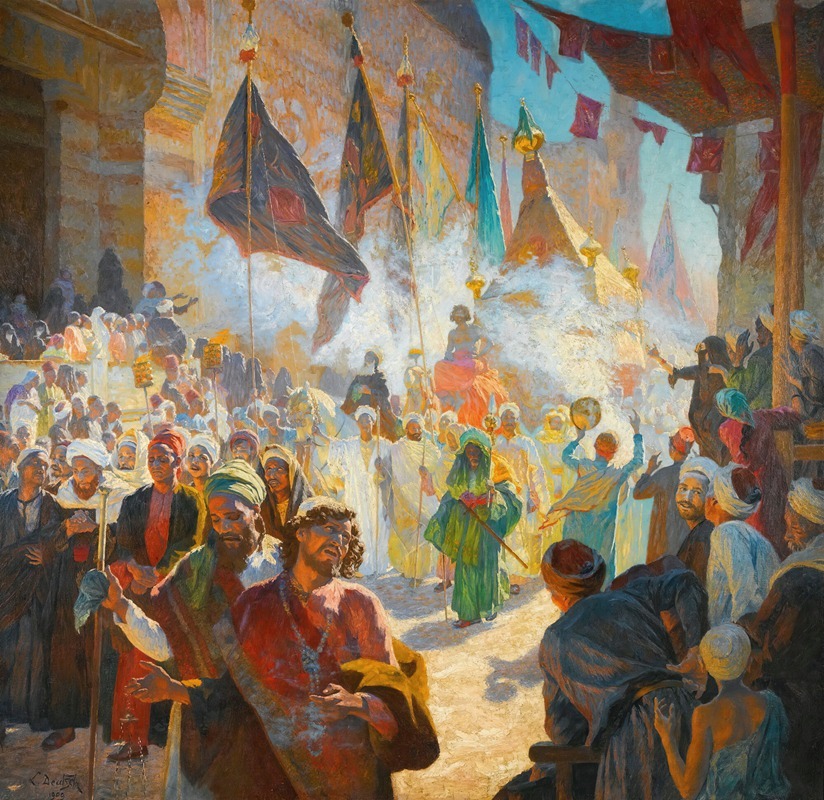
The Procession Of The Mahmal Through The Streets Of Cairo
A hand-painted replica of Ludwig Deutsch’s masterpiece The Procession Of The Mahmal Through The Streets Of Cairo, meticulously crafted by professional artists to capture the true essence of the original. Each piece is created with museum-quality canvas and rare mineral pigments, carefully painted by experienced artists with delicate brushstrokes and rich, layered colors to perfectly recreate the texture of the original artwork. Unlike machine-printed reproductions, this hand-painted version brings the painting to life, infused with the artist’s emotions and skill in every stroke. Whether for personal collection or home decoration, it instantly elevates the artistic atmosphere of any space.
Ludwig Deutsch was an Austrian painter known for his Orientalist works, capturing scenes from the Middle East and North Africa with meticulous detail and vibrant colors. One of his notable paintings is "The Procession of the Mahmal Through the Streets of Cairo," which exemplifies his fascination with the culture and traditions of the Islamic world.
"The Procession of the Mahmal" refers to a historical event associated with the annual pilgrimage to Mecca, known as the Hajj. The Mahmal was a ceremonial palanquin, often richly decorated, that symbolized the Sultan's authority and was sent from Cairo to Mecca. This procession was a significant event, marked by grandeur and religious fervor, and it was a subject that attracted the attention of many artists and travelers of the time.
Deutsch's painting captures the vibrancy and dynamism of this event. His work is characterized by an extraordinary attention to detail, which is evident in the intricate patterns of the textiles, the expressions of the figures, and the architectural elements of Cairo depicted in the background. The painting reflects Deutsch's skill in rendering light and shadow, bringing the scene to life with a sense of immediacy and realism.
The streets of Cairo, as depicted in the painting, are bustling with activity. The procession is shown moving through a crowded street, with onlookers gathered to witness the spectacle. The Mahmal itself is the focal point, adorned with elaborate decorations and carried by camels, which were traditionally used in such processions. The figures in the painting, including the onlookers and participants, are dressed in period-appropriate attire, showcasing Deutsch's commitment to authenticity and his deep interest in the cultural aspects of the scenes he painted.
Deutsch's work is often noted for its ethnographic accuracy, a result of his extensive travels and studies. He was part of a group of artists who were fascinated by the Orient, a term used in the 19th century to describe the Middle East and North Africa. This movement, known as Orientalism, was characterized by a romanticized and often exotic portrayal of these regions. While Orientalist art has been critiqued for its stereotypical and sometimes inaccurate representations, Deutsch's paintings are often praised for their attention to detail and their ability to capture the essence of the scenes he depicted.
"The Procession of the Mahmal Through the Streets of Cairo" is a testament to Deutsch's artistic skill and his ability to convey the cultural richness of the scenes he chose to paint. His work provides a window into a historical event that was significant in the Islamic world, offering viewers a glimpse into the past through the lens of Orientalist art. Despite the controversies surrounding Orientalism, Deutsch's paintings remain valuable for their artistic merit and their role in documenting historical and cultural traditions.
In summary, Ludwig Deutsch's "The Procession of the Mahmal Through the Streets of Cairo" is a remarkable example of Orientalist art, capturing a significant cultural event with precision and artistic flair. The painting stands as a historical document, reflecting the artist's dedication to portraying the vibrancy and complexity of the scenes he encountered during his travels.





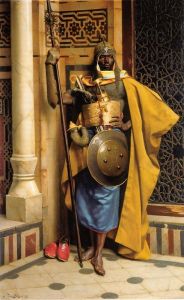
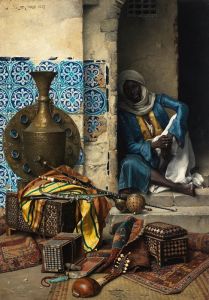
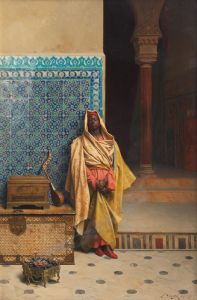

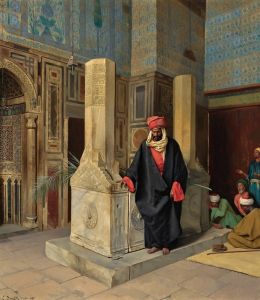
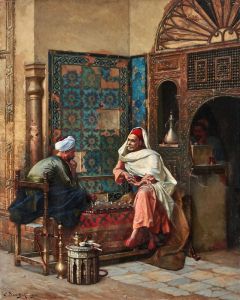
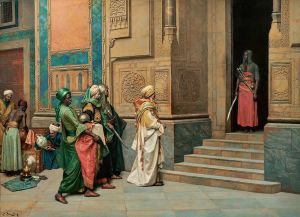

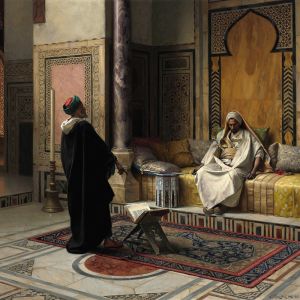
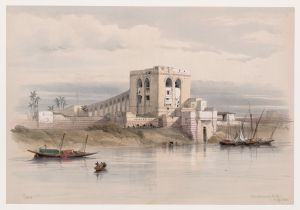
![Gate of the Metwaleys [Bab Zuwayla], Cairo.](/imgs/217486/s/david-roberts-gate-of-the-metwaleys-bab-zuwayla-cairo-669b6ca3.jpg)
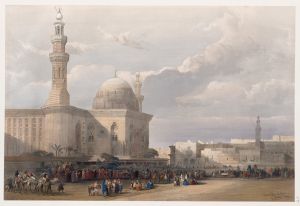
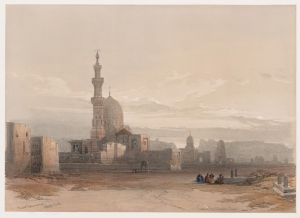
![Tombs of the Memlooks [Mamelukes], Cairo.](/imgs/217568/s/david-roberts-tombs-of-the-memlooks-mamelukes-cairo-74c4b2cc.jpg)